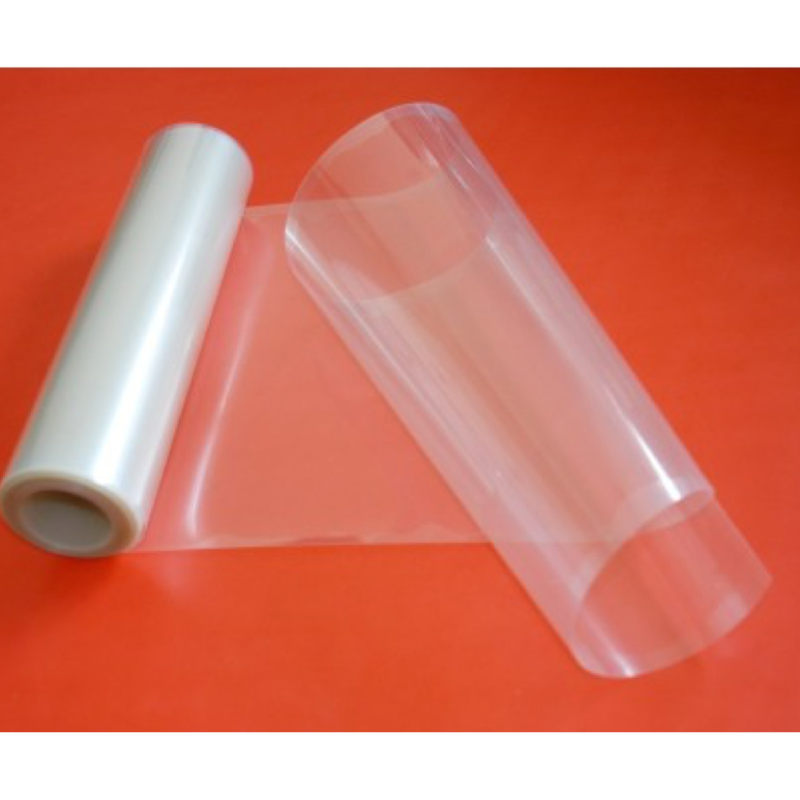
Reference: 10HS ECHO - 5Mts
Reference: 10HS ECHO - 5Mts
Reference: BASE-U-4
Reference: UA-002-64
Brand: ONSET
Reference: VH400-2M
Brand: VEGETRONIX
Reference: DS1922E-F5
Brand: iBUTTON MAXIM INTEGRATED


PFSA D125-U Proton Exchange Membrane
PFSA D125-U Proton Exchange Membrane (PEM) is used to separate the anode and cathode compartment of PEM water electrolyzers because of its relatively thick nature (~125 microns or 5-mils or 0.005 inches) and robustness compared to other thinner PFSA membranes. This is an unreinforced (also known as self-supporting) PFSA membrane and it is manufactured via extrusion melt process. Both unpressurized or pressurized PEM electrolyzer stacks can use this membrane product in order to achieve long operational lifetimes. Other electrochemical applications that can benefit from this PFSA D125-U Proton Exchange Membrane are as follow: direct methanol fuel cells (DMFCs), direct formic acid fuel cells (DFAFC), microbial fuel cells (MFC) and other applications that require a thick PFSA membrane. While it is not that common to use thick PFSA membranes for PEM fuel cell applications with the exception of some niche applications (such as high pressure PEM fuel cells for space applications), researchers and product developers can also use this membrane for H2/Air and H2/O2 PEM fuel cell applications too.
Considering D125-U broadens your horizon by providing an equally valuable avenue to explore, alongside Nafion 115.
PFSA D125-U Proton Exchange Membrane is based on the chemically stabilized perfluorosulfonic acid material and it is shipped in the acid (H+) form (which is also known as protonic form). Chemical stabilization is also known as end-group stabilization where the carbon atoms that end of the PFSA polymer chains are fully fluorinated. Chemically stabilized PFSA membranes will exhibit substantially lower fluoride ion release compared to the PFSA membranes manufactured from unstabilized PFSA resin. Functional groups (also known as sulfonic acid sites) for this PFSA membrane are based on the long side chain for its chemical structure.
Proton exchange membranes are also known as cation exchange membranes in the market. This PFSA membrane performs as a separator and solid electrolyte (without the need of a liquid acid) in a variety of electrochemical cells that require the membrane to selectively transport protons or other various cations across the cell junction (or between anode and cathode catalyst layers). The polymer is chemically resistant and durable.
Membrane Properties
| Thickness | 125 micrometers +/- 10 micrometers |
| Conductivity (S/cm) | >150 mS/cm |
| Swelling (%) | 18% (width/length) to 24% (thickness) |
| Tensile Modulus | >220 MPa |
| Tensile Strength - max. (MPa) | >30 MPa |
| Elongation to Break (%) | >240% |
Your review appreciation cannot be sent
Report comment
Report sent
Your report cannot be sent
Write your review
Review sent
Your review cannot be sent
Reference: ATMOS 14
Brand: METER GROUP
Reference: U24-002-C
Brand: ONSET
Reference: S-LWA-M003
Brand: ONSET
Reference: Chione
Reference: Y-FCT-200
Brand: Meatrol
Reference: RK400-14
Brand: RIKA SENSORS
Reference: 28010011
Brand: FUEL CELL
Reference: LS193
Brand: LINSHANG
Reference: S40
Brand: BOSEAN
Reference: DLI-500
Brand: Apogee Instruments
Reference: SFT Sensor de flujo de calor
Reference: NRC-150
Brand: Meatrol
Reference: LS125+BL-X0 Probe
Brand: LINSHANG
Reference: MX2301A
Brand: ONSET

PFSA D125-U Proton Exchange Membrane
PFSA D125-U Proton Exchange Membrane (PEM) is used to separate the anode and cathode compartment of PEM water electrolyzers because of its relatively thick nature (~125 microns or 5-mils or 0.005 inches) and robustness compared to other thinner PFSA membranes. This is an unreinforced (also known as self-supporting) PFSA membrane and it is manufactured via extrusion melt process. Both unpressurized or pressurized PEM electrolyzer stacks can use this membrane product in order to achieve long operational lifetimes. Other electrochemical applications that can benefit from this PFSA D125-U Proton Exchange Membrane are as follow: direct methanol fuel cells (DMFCs), direct formic acid fuel cells (DFAFC), microbial fuel cells (MFC) and other applications that require a thick PFSA membrane. While it is not that common to use thick PFSA membranes for PEM fuel cell applications with the exception of some niche applications (such as high pressure PEM fuel cells for space applications), researchers and product developers can also use this membrane for H2/Air and H2/O2 PEM fuel cell applications too.
Considering D125-U broadens your horizon by providing an equally valuable avenue to explore, alongside Nafion 115.
check_circle
check_circle